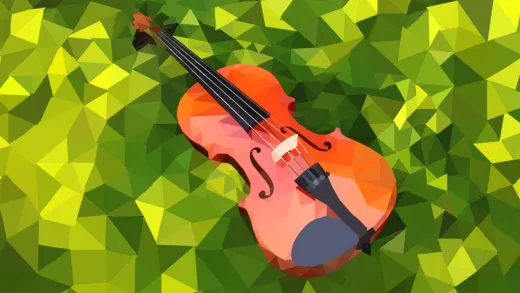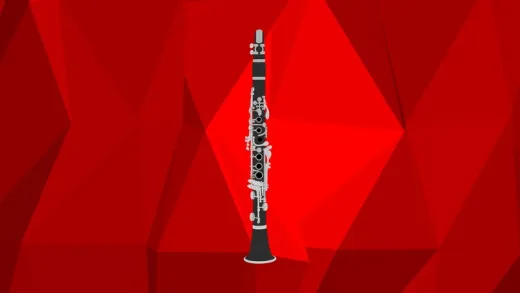About This Course
Part 2 of the Orchestration Series - Take Your Music to the Next Level with 78 New Woodwind Colors and Sounds
Have you mastered the Strings and want to take your Orchestral Writing to the next level?
Introducing the long awaited Part 2 of the Orchestration Series: Compose orchestral music for woodwinds.
This is the next natural step to learning the difficult art of orchestration.
The strings were tough due to the number of articulations. The woodwinds are tough to learn due to how many there are and how different each one sounds from the next. Not only that, but there is incredible variety when it comes to their registers too.
Did you know you could score an entire piece using a bunch of clarinets, each playing in a separate range? The reason is because there are very distinct registers for the clarinet, that you could view each one as an entirely new instrument altogether.
It's facts like these that make the woodwinds difficult to learn.
There's just so much variety, so much uniqueness, that it makes orchestration even more of a headache to learn.
There's the TOO MUCH INFORMATION problem.
That's where this course comes in.
It's designed to be simple, giving you just the right amount of information. We don't just gloss over things like an overview - that would be betraying the art for what it is. But, we go into clear detail, with in depth examples and explanations, like a laser focusing in on all the important bits.
You'll walk away knowing a ton about the woodwinds, much more than just the basic information.
You'll have new techniques and new ways of exploring with the woodwind instruments.
And you would have witnessed a lot of real life examples from our analyses and audio demonstrations of each instrument.
By the end, you'll not only have gathered the knowledge about the instruments, but the MINDSET.
You'll know how to pick apart an orchestral score for yourself and analyze what's going on.
You'll know how the melodies and different lines are shifting from each woodwind instrument into various registers and why the composer chose to do that.
And you'll essentially become a woodwind-sound potions master. Mixing and blending different sounds will be a new skill you pick up.
The string family sounds similar all throughout the whole family. The woodwind family is entirely different all throughout the various families and sub families.
This will level up your orchestration skills way above the first part of the Orchestration series, and you'll view orchestration in an entirely different light after this.
The possibilities for creation and orchestral sound blending are endless.
If you're not using the woodwinds, you're greatly missing out. Add some spice and flavor to your strings, or even to the rest of your modern orchestral score if that's what rocks your boat. Or else, welcome to Level 2 of Orchestration.
Let's kick it with almost a hundred new sounds from the Woodwind Family!
Compose and orchestrate for the woodwinds
Everything about woodwinds including all sub families
Five families in great depth: All types of Flutes, Oboes, Clarinets, Bassoons, Saxophones






Yasir E.
perfect in simple words!